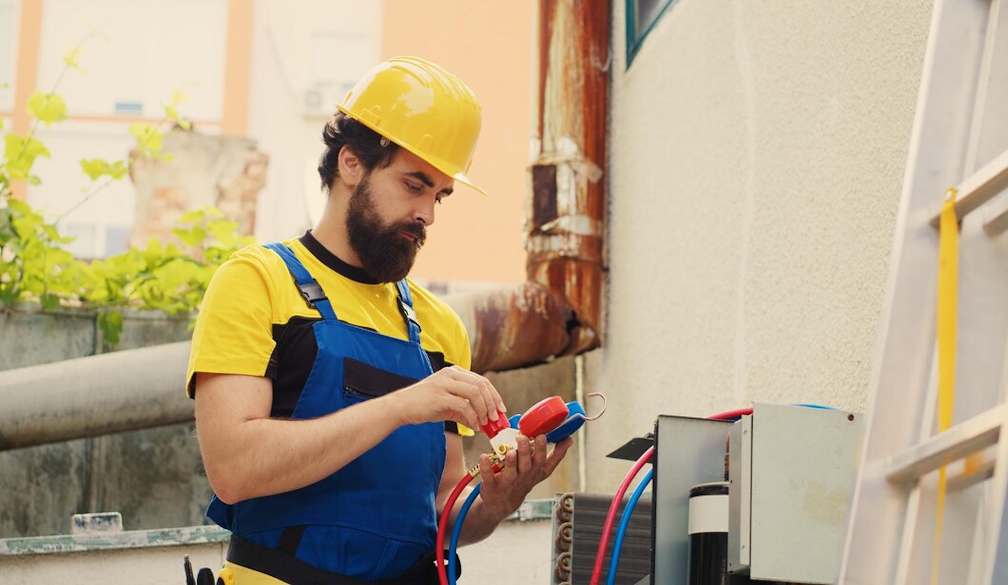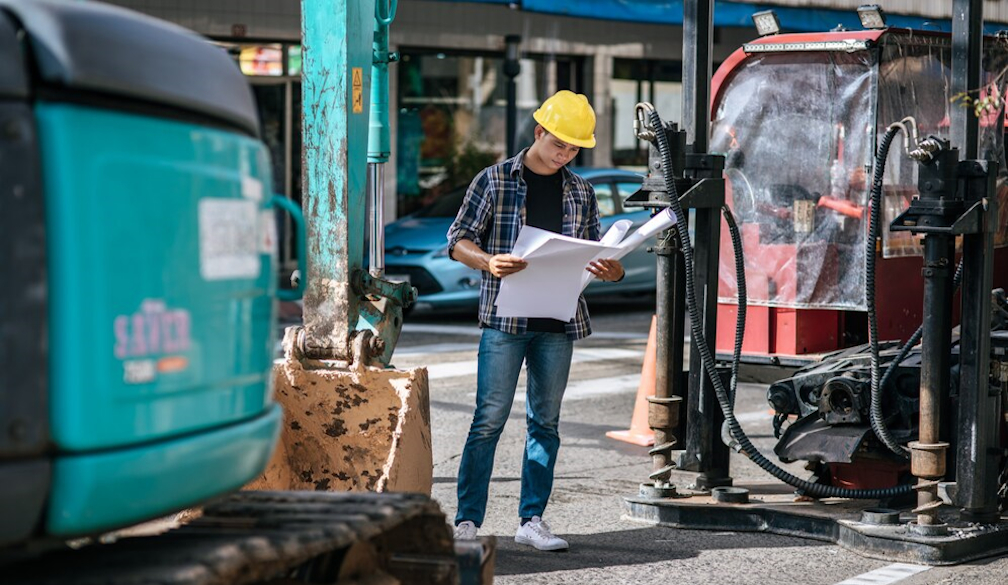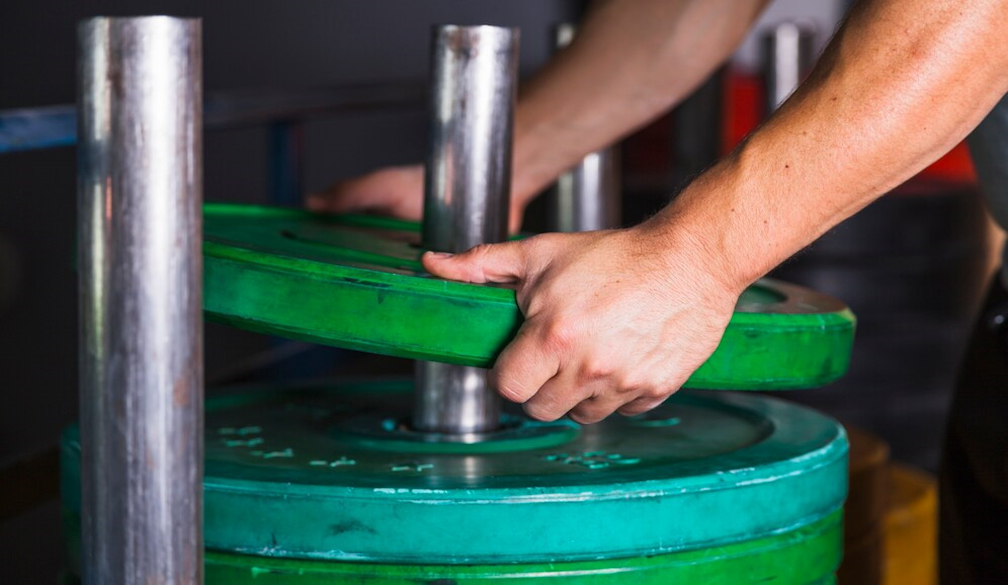What Are Career Development Practitioners?
- Written by iVillage

In an ever-evolving job market, the role of career development practitioners has become increasingly vital. These professionals are dedicated to helping individuals navigate their career paths, achieve their professional goals, and adapt to changing job landscapes. But what exactly do career development practitioners do, and why are they so essential? This article will delve into the roles, responsibilities, and significance of career development practitioners, providing a comprehensive understanding of their impact on individuals and the broader workforce.
Understanding the Role of Career Development Practitioners
Career development practitioners are professionals who provide guidance, support, and resources to individuals at various stages of their career journeys. Their primary goal is to help clients make informed decisions about their careers, develop necessary skills, and successfully transition between different career phases. This can include career planning, job search strategies, professional development, and navigating career changes.
Key Responsibilities of Career Development Practitioners
- Career Counselling and Coaching
- Career Counselling: Career development practitioners offer counselling services to help clients understand their strengths, interests, and values. Through various assessment tools and techniques, they assist clients in identifying suitable career options and setting realistic career goals.
- Career Coaching: They provide ongoing coaching to support clients in achieving their career objectives. This includes developing action plans, enhancing job search strategies, and building essential skills.
- Assessment and Evaluation
- Skill and Competency Assessment: Practitioners use a range of assessment tools to evaluate clients' skills, competencies, and career readiness. These assessments help in identifying gaps and areas for improvement.
- Career Assessments: Tools such as personality tests, interest inventories, and aptitude tests are used to help clients gain insights into their career preferences and potential career paths.
- Job Search Support
- Resume and Cover Letter Writing: Career development practitioners assist clients in creating effective resumes and cover letters that highlight their skills and experiences.
- Interview Preparation: They provide coaching and practice sessions to help clients improve their interview skills and build confidence.
- Job Search Strategies: Practitioners guide clients in developing effective job search strategies, including networking, leveraging online job boards, and using social media.
- Professional Development
- Skill Development: They identify and recommend training programs, workshops, and courses to help clients develop new skills or enhance existing ones.
- Career Progression: Practitioners provide advice on career progression, including strategies for seeking promotions, lateral moves, and expanding roles within an organisation.
- Career Transitions
- Navigating Career Changes: Career development practitioners support clients in managing career transitions, whether it involves changing industries, seeking new roles, or returning to the workforce after a break.
- Retirement Planning: They also assist individuals in planning for retirement, ensuring a smooth transition from active employment to retirement.
The Importance of Career Development Practitioners
Career development practitioners play a crucial role in both individual career success and the broader workforce ecosystem. Their work has a significant impact on several key areas:
- Enhanced Career Satisfaction
- By helping individuals identify and pursue careers that align with their strengths and interests, career development practitioners contribute to higher job satisfaction and overall well-being.
- Increased Employability
- Through skill development and job search support, these professionals enhance clients' employability, making them more competitive in the job market.
- Improved Workforce Productivity
- By aligning individuals' career goals with organisational needs, career development practitioners contribute to improved workforce productivity and efficiency.
- Adaptability to Change
- In a rapidly changing job market, practitioners help clients adapt to new trends and technologies, ensuring they remain relevant and resilient.
Pathways to Becoming a Career Development Practitioner
To become a career development practitioner, one typically needs a combination of education, training, and practical experience. Here are the common steps:
- Educational Background
- A degree in psychology, counselling, human resources, or a related field is often required. This provides a foundation in understanding human behaviour, pedagogy and counselling techniques.
- Specialised Training
- Specialised training in career development is essential. The Graduate Certificate in Career Development Practice at careerED Academy offers comprehensive training in this field, covering key topics such as career counselling, assessment tools, and job search strategies.
- Practical Experience
- Gaining practical experience through internships, practicums, or supervised practice is crucial. This hands-on experience allows aspiring practitioners to apply theoretical knowledge in real-world settings and develop essential skills.
- Certification and Professional Development
- Obtaining certification from recognised professional bodies can enhance credibility and career prospects. Continuous professional development through workshops, conferences, and advanced courses is also important to stay updated with industry trends and best practices.
Core Skills and Competencies of Career Development Practitioners
Effective career development practitioners possess a range of skills and competencies that enable them to provide high-quality guidance and support. Some of the key skills include:
- Interpersonal and Communication Skills
- Strong interpersonal and communication skills are essential for building rapport with clients, understanding their needs, and providing effective guidance.
- Analytical and Problem-Solving Skills
- The ability to analyse clients' skills, interests, and career goals and develop customised action plans is critical.
- Empathy and Active Listening
- Empathy and active listening skills are vital for understanding clients' concerns and providing supportive and non-judgmental guidance.
- Knowledge of Career Development Theories and Tools
- A deep understanding of career development theories, assessment tools, and job search strategies is fundamental to the role.
- Organisational and Time Management Skills
- Managing multiple clients and tasks requires strong organisational and time management skills.
Career Development Practitioners in Different Settings
Career development practitioners work in a variety of settings, each with its unique focus and client base. Some common settings include:
- Educational Institutions
- In schools, colleges, and universities, career development practitioners assist students in making informed decisions about their education and career paths.
- Corporate Environments
- In corporate settings, career development practitioners support employees in their career progression, skill development, and job satisfaction. They also work on succession planning and talent management.
- Community Organisations
- In community organisations, career development practitioners help individuals from diverse backgrounds, including those facing barriers to employment, to achieve their career goals.
- Private Practice
- Some career development practitioners operate in private practice, offering personalised career counselling and coaching services to a wide range of clients.
The Future of Career Development Practitioners
As the job market continues to evolve, the demand for career development practitioners is expected to grow. Several trends are shaping the future of this profession:
- Technological Advancements
- The integration of technology in career development practices, such as virtual career counselling and online assessment tools, is becoming more prevalent.
- Focus on Lifelong Learning
- The emphasis on lifelong learning and continuous professional development is increasing, highlighting the need for career development practitioners who can support individuals throughout their careers.
- Diverse Workforce Needs
- As the workforce becomes more diverse, practitioners must be equipped to address the unique needs of different demographic groups, including older workers, immigrants, and individuals with disabilities.
- Globalisation
- The globalisation of the job market requires career development practitioners to have a broader understanding of international career opportunities and challenges.
Conclusion
Career development practitioners play a vital role in helping individuals navigate their career paths, achieve their professional goals, and adapt to the changing job landscape. Their work enhances career satisfaction, employability, and workforce productivity. For those aspiring to become career development practitioners, obtaining specialised training is essential. The Graduate Certificate in Career Development Practice at careerED Academy offers comprehensive training to equip you with the skills and knowledge needed to excel in this rewarding profession. Explore the course today and take the first step towards a fulfilling journey as a career development practitioner.






